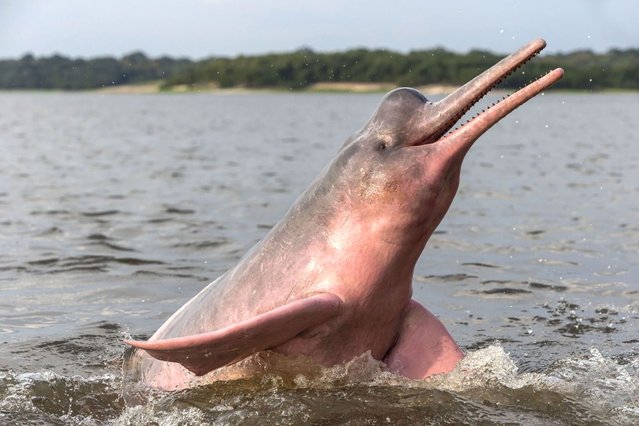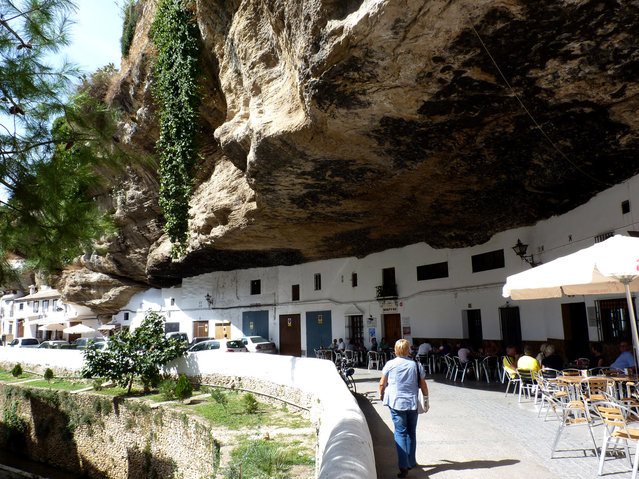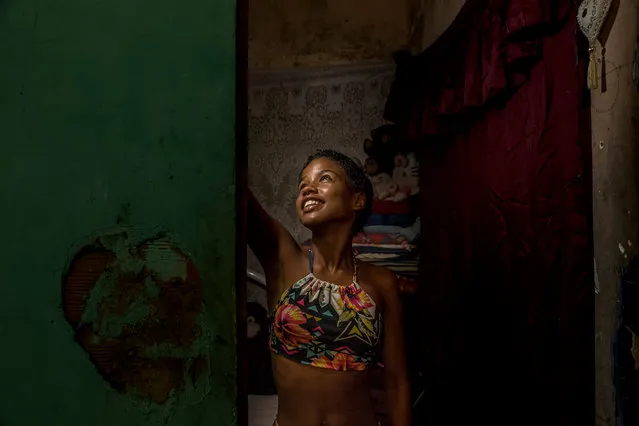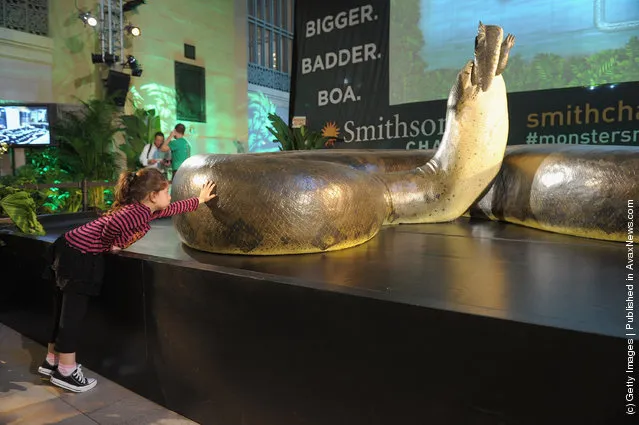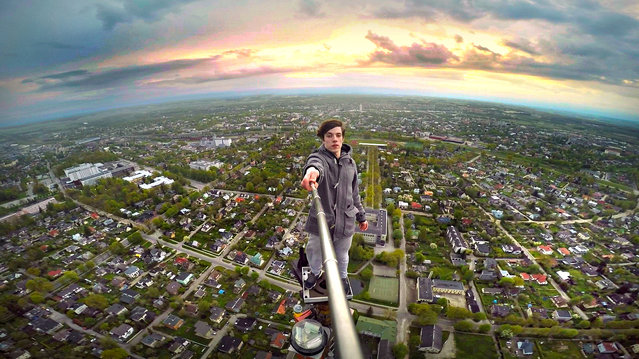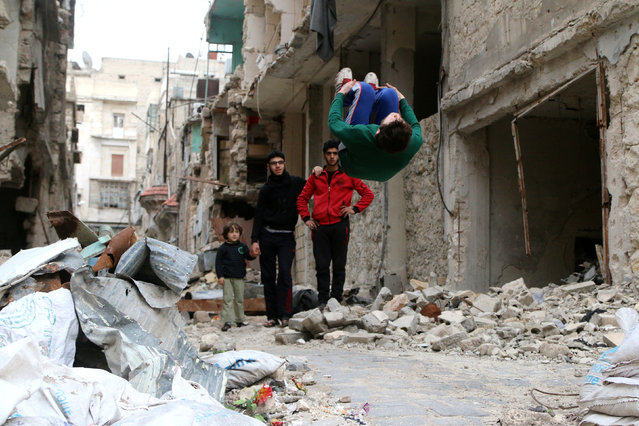
In this September 14, 2017 photo, young women pose for a photo inside their squatter building that used to house the Brazilian Institute of Geography and Statistics (IBGE) in the Mangueira slum of Rio de Janeiro, Brazil. Many lower-middle class Brazilians who gained ground during the boom years have since slid back closer to the poverty line. (Photo by Felipe Dana/AP Photo)
14 Dec 2017 06:54:00,post received
0 comments

